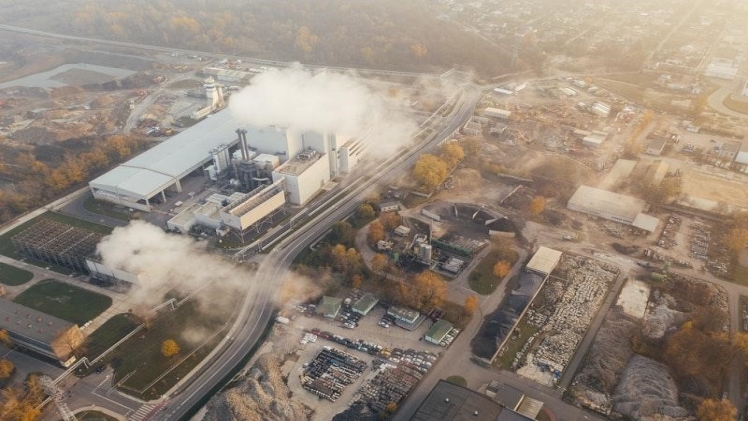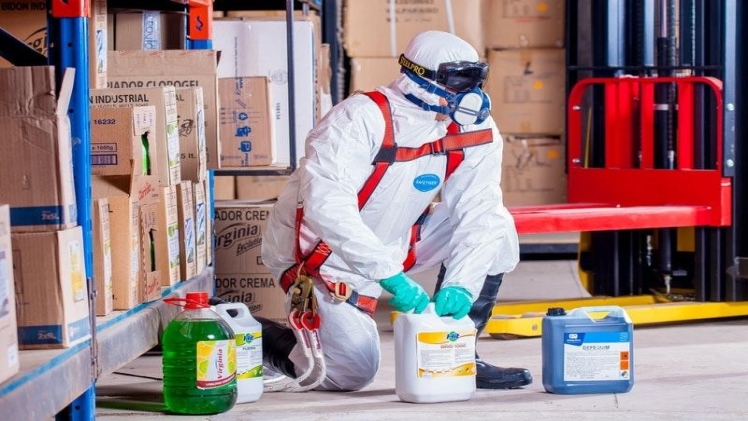Waste disposal is a huge issue in many places. A lot of counties tend to underestimate waste disposal because they’re focused on things they find more pressing. But, improper waste disposal leads to more pollution, mainly in rivers and lakes. Therefore, in order to protect the environment, and make this planet a cleaner and better place, it’s important to ensure proper
Waste management and disposal. Here are some necessary steps that need to be taken in order to make that happen.
Step 1: Waste classification
This is the first step, and also the most important one. It’s important to classify the waste in order to remove hazardous materials and things. When it comes to businesses, this is the crucial part, as unethical disposal can have legal consequences as well. Therefore, it’s necessary to have a waste classification code and to know whether the waste is indeed hazardous. All the dangerous elements need to be properly labeled, the name of substances clearly on display. Also, the classification process needs to include things such as the origins, production, analysis, and other special knowledge related to the waste.
Step 2: Separation and storing
Now that the waste is classified, it’s time to separate it and store it. When separating the waste, it’s also essential to do so following all safety protocols and guidelines, both on local and government levels. As for storing, it’s also important to store all the hazardous waste in a secure place that cannot be easily reached. Using proper containers is a must, to prevent leaks and escaping. Again, labeling is extremely important, and it needs to include the type of waste that should be clearly visible. In case the waste happens to be stored outdoors, waterproof lids or covers should be provided in order to prevent contamination.
Step 3: Using reliable and authorized third parties to manage the waste
After the waste gets sorted and properly stored, it’s time for it to be collected, recycled, or disposed of. Those third parties, such as waste carriers or recycling enterprises should all possess valid ecological permits, that they should present at anyone’s request. For example, sulfatreat h2s removal capacity requires proper and precise handling, due to potential dangers. Therefore, if a business is working with such materials, hiring and using a professional and certified third-party collector is of utmost importance! The business is responsible for the waste even after it leaves the company property, so it’s crucial to be accountable throughout the whole disposal process.

Step 4: Filling in the necessary paperwork
Since dangerous waste disposal is a serious business, it needs to be well-documented, so it can be tracked and managed properly. A consignment note is a piece of document that needs to stay with the hazardous waste as long as it is in transit until it reaches its final destination. Now, the consignment notes, and the whole paperwork-filling process differ from country to country, so in order to do it the right way, it’s best to contact the government agency that deals with this.
Step 5: Keeping the records
The waste, especially hazardous waste, needs to be monitored, which is why it’s essential to keep the records, for at least 3 years, at the exact premises that created and kept the waste. Meaning, if a business produces the waste, and stores it at their premises for a certain amount of time, the records also need to be kept there for 3 years minimum. Now, there are different scales of waste, and they all require different types of management and disposal. Again, contacting the relevant government body is the easiest and safest way to make sure that everything is properly taken care of.
These are the steps that will help every business or individual identify, store and finally dispose of the waste in a safe and ethical way. A lot of businesses even hire professional teams to help them learn about waste disposal and its effects on the environment. Therefore, being informed, and doing things in accordance with the law is the best and surest way to dispose of the waste in an ethical and safe manner.

